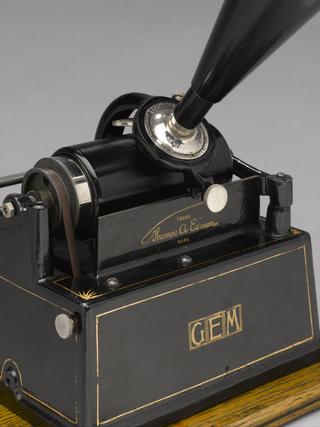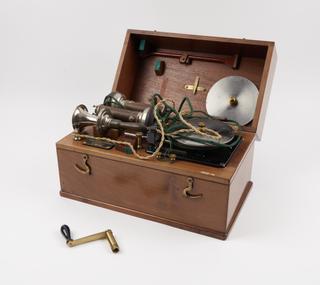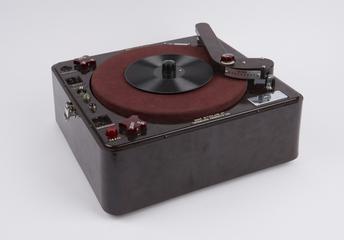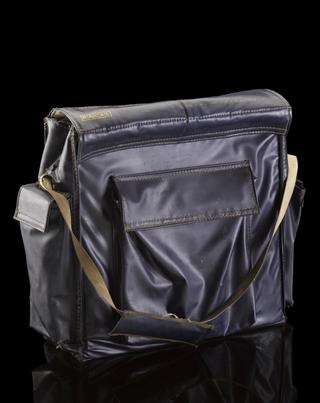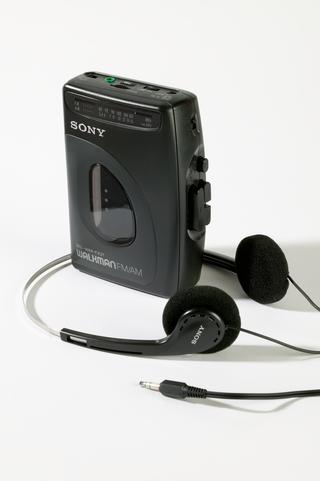
Seven cylinder phonograph records - two Edison blue amberol
- Made:
- 1900-1929

Seven cylinder phonograph records - two Edison blue amberol, two London Popular, two White and one of papier-mache lined celluloid of unknown make.
Phonograph cylinders were the earliest form of commercial recordings. Invented by Thomas Edison in 1877, the original cylinders were tin foil. Alexander Graham Bell and his colleagues at Volta Laboratory improved the design, introducing a wax cylinder in the 1880s that became standard after a patent sharing agreement between them and Edison.
These seven cylinders include three different labels available within the UK, including Thomas Edison’s own label – Edison Blue Amberol, which was introduced in 1912 when he purchased the patent for celluloid cylinders and improved his wax cylinders with a surface layer of celluloid and a plaster-of-paris core.
“White Record” was a short-lived British label manufactured by the ‘General Phonograph Company’ between 1906 and 1908. The company was founded by James White, who had previously worked for the UK branch of the Edison Company. Both cylinders contain songs performed by Arthur Gilbert, who was a sound engineer as well as a performer. He recorded for a number of labels, sometimes using the stage name Arthur Osmond.
“London Popular Record” was a label produced by Electro-Mechanical Engineering Works in London from 1906. They were a supplier of all things phonograph, even advertising a service for people to make their own recordings with them in 1904.
Details
- Category:
- Sound Reproduction
- Object Number:
- 1956-33
- type:
- phonograph cylinders
- credit:
- Mr. J.E. Manasseh.

